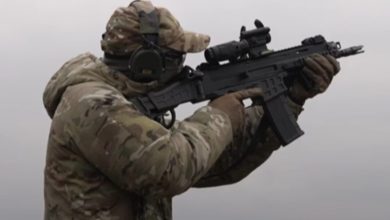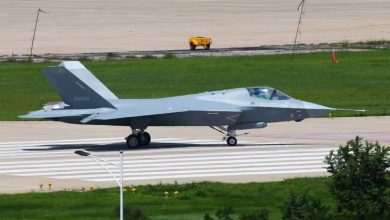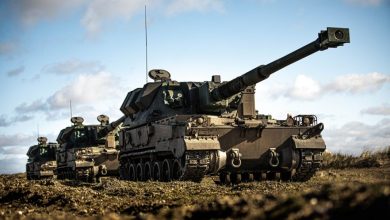Report: DPRK transferred 4-6 million shells to Russia over 20 months

Russia has received 4-6 million North Korean artillery shells over the past 20 months, having established a maritime connection with the DPRK.
Reuters published the investigation in cooperation with the Open Source Center (OSC) research organization.
The Open Source Centre, or OSC, an independent security-focused research organization based in the United Kingdom, has tracked the transit of container ships that have delivered nearly 16,000 containers of munitions to Russia over the past 20 months.
The analysts tracked 64 trips from the North Korean port of Rajin between September 2023 and March 2025, made by four Russian-flagged container ships, Angara, Maria, Maya-1, and Lady R. The ships transported North Korean artillery and mortar shells to the Russian ports of Vostochny and Danube, after which they were loaded onto a train and delivered by rail to arsenals near Ukraine.
The beginning of military supplies from the DPRK
Russian Defense Minister Sergei Shoigu visited Pyongyang in July 2023 to celebrate the 70th anniversary of the Korean War armistice, where he discussed closer military cooperation with the North Korean leader.
In September 2023, maritime traffic between the two countries intensified: ships began transporting hundreds of containers from the North Korean port of Rajin to the eastern Russian ports of Danube and Vostochny, which OSC analysts tracked on satellite imagery.
Shipments peaked in January 2024, when seven cargoes were shipped to Russia, and by March 2025, the average monthly figure dropped to three.
According to OSC estimates, from September 2023 to March 2025, a total of 15,809 containers were transported from North Korea to Russia on 64 flights.
The containers on board the ship were counted using satellite imagery, and the number of containers in the cargo hold was determined by modeling 3D models of the ship from official charts.
OSC analysts collected available imagery and other information by analyzing the loading pattern of standard shipping containers and then estimated each capacity by measuring it.
It is estimated that each shipping container carrying ammunition could have contained between 315 and 330 boxes of 122mm artillery shells or 224 boxes of 152mm artillery shells. Each container could also contain 160 boxes of 122 mm MLRS rockets or 275 boxes of 120 mortar shells.
Due to the different sizes of the boxes for each type of shell, it is impossible to calculate the exact number of shells in this way. Still, the OSC provided a conservative range of 4-6 million artillery shells. These figures correlate with those of the Defense Intelligence, which reported that Russia had received 4 million artillery shells since mid-2023, more than three-quarters of which were 122-mm and 152-mm caliber shells. The intelligence agency also reported the delivery of mortar ammunition but did not include it in the figures provided.
One of the main storage sites for North Korean ammunition was the Tikhoretsk arsenal (military unit No. 57229-41), located 100 kilometers south of Rostov-on-Don, which became a supply center for Russian troops in Ukraine at the beginning of the Russian-Ukrainian war.
Expansion of the facility began in late summer 2023, when North Korean munitions were due to arrive, according to a Reuters analysis of satellite imagery. But a year later, on September 21, 2024, the facility was severely damaged after a strike by the Ukrainian military. The OSC estimates that the strike destroyed about 90% of the facility’s stockpile, including a large shipment of North Korean shells a few days earlier.
However, this did not stop the supply of North Korean ammunition to the Russian invasion forces. According to Ukrainian officials, including the Chief of the Defence Intelligence of Ukraine, North Korea provides half of all the artillery ammunition that Russia needs at the front, a number that is consistent with the findings of the OSC and Reuters.
Six of the nine Russian artillery military documents seen by Reuters showed that North Korean ammunition was widespread. Two documents from this year showed that some units used 100% North Korean ammunition on one day and 75% on another. Last summer, a unit on the southeastern Zaporizhzhia front reported that nearly 50% of the shells fired by its D-20 howitzers were North Korean 152mm shells, while 100% of its 122mm rockets were North Korean.
Despite the same caliber, North Korean shells have inferior ballistics, so the Russian military prepared separate “firing tables” for artillery units based on tests conducted at the Luga artillery range. Other problems were also observed, for example, one of the documents warns against keeping the ammunition in the hot barrel for more than three minutes.





